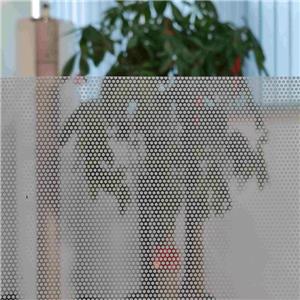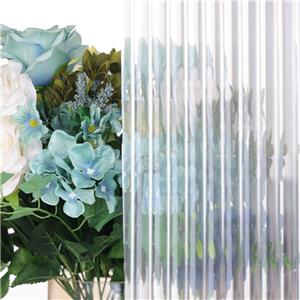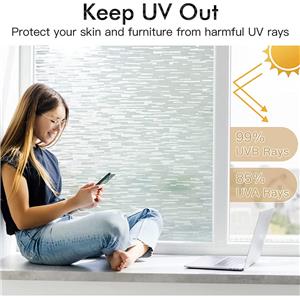Installation precautions of glass window film
Window film installation considerations include the following.
1. Window Treatment:Remove all items in the window and surrounding area such as plants, pictures and other furniture items. In order to adapt to the installation process, window treatment occasionally requires moving obstacles and organizing the area around the window into an easily accessible area for operation.
2. Handling of Furnishings:Remove furnishings that may interfere with the installer's ability to perform window film work. The Installer may need to remove or rearrange any furniture.
3. Ventilation Dust: To minimize airborne dust during installation, turn off all window air conditioning and ventilation. This will reduce the amount of dust and fine particles in the air, while floor cleaning and carpet vacuuming should be done the day before if possible. During installation, the construction site should be as free from human interference as possible.
4. Pre-Installation Inspection: During the pre-installation inspection, look at all windows to be coated, noting broken glass, loose glass, and any defects in the glass. Adhesions on the glass, alarm systems and any other items that affect the installation should be discussed in the Estimate and Program Agreement.
5. Curing Cycle: During the installation process, the installation fluid between the film and the glass will be squeezed out, leaving only a small amount of installation fluid remaining. Installation vapor may cause small bubbles or a slight haze, this is normal. Do not attempt to push out the vapor bubbles during the curing period; the bubbles and haze will disappear. Attempting to squeeze out the vapor bubbles will damage the window film, which is not included in the warranty.
6. Climatic conditions and curing cycle: Cold, humid and cloudy climatic conditions will prolong the curing cycle, while warm climates and direct sunlight will shorten the curing cycle. The choice of window film type and climatic conditions will determine the curing cycle, thicker window films and poorer climatic conditions will extend the curing cycle.
7. Cleaning and Maintenance:Do not clean the window film within 30 days of installation to ensure safe and proper curing of the glass with the special installation adhesive.
8. Cleaning solution: Most glass cleaners are good for cleaning window film. An effective cleaning solution for window film is 1 liter of water mixed with 10 milliliters of household cleaner.
9. Cleaning materials: clean and dry your window film surface with clean soft materials, scraping the way is: a soft cloth or a clean synthetic sponge to clean the window film, followed by another piece of clean soft cloth to dry or adhesive strips to scrape dry the surface of the window film.
10. protective film treatment: after the glass cleaning is completed, the protective film of the window film is torn off, with the installation of liquid spraying the exposed installation adhesive. This temporary loss of adhesion of the pressure-sensitive adhesive permits the window film to glide smoothly over the inside surface of the clean glass.
11. Edge Inspection, Sealing Edges:All edges of the window film are inspected and extruded and sealed with a Teflon hard sheet. All edges must be sealed in place to prevent air, moisture, and dust particles from seeping under the film from the edges during curing.
12. Acceptance Handover: After the installation is complete, all window film glass is carefully scrubbed on both the inside and outside surfaces to remove streaks of water and dirt, giving the entire glass a shiny appearance.
These precautions can help to ensure the smooth installation and long-term use of window film.




